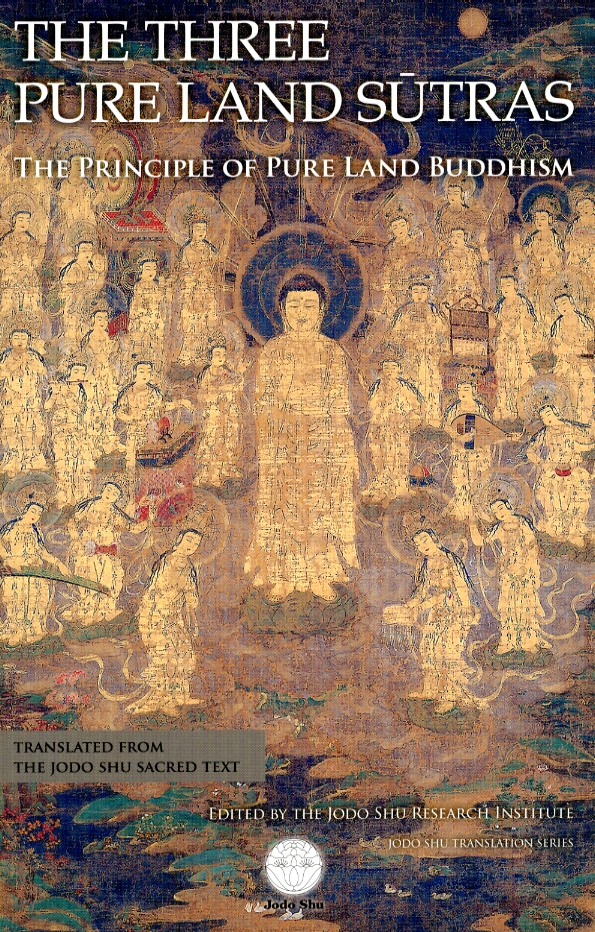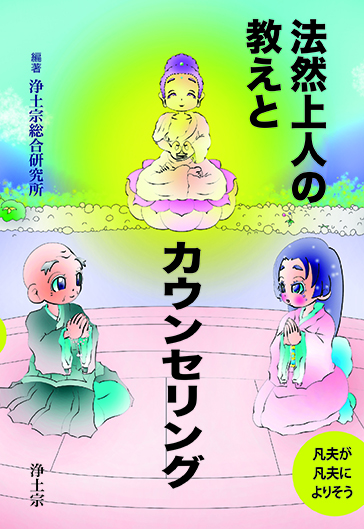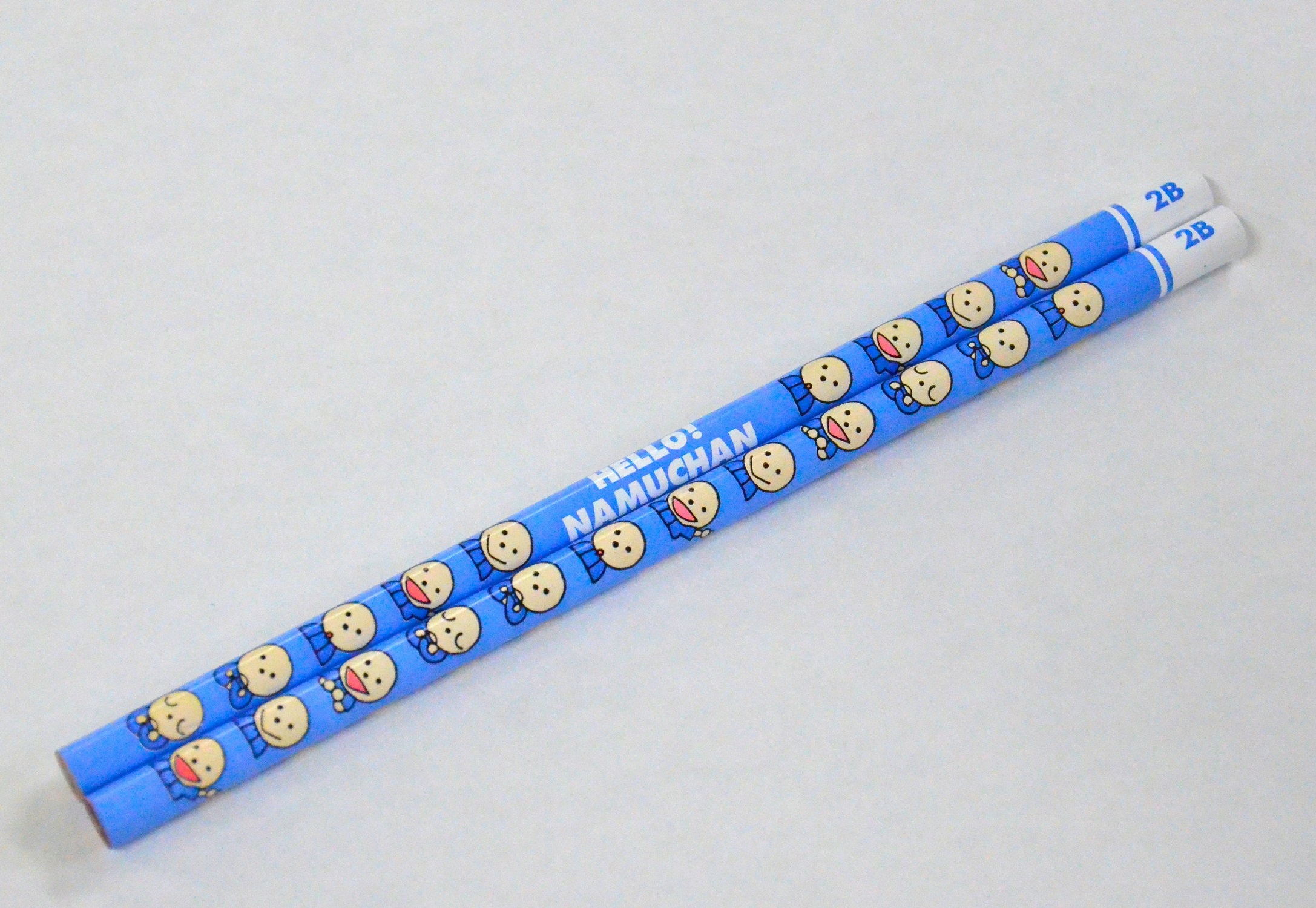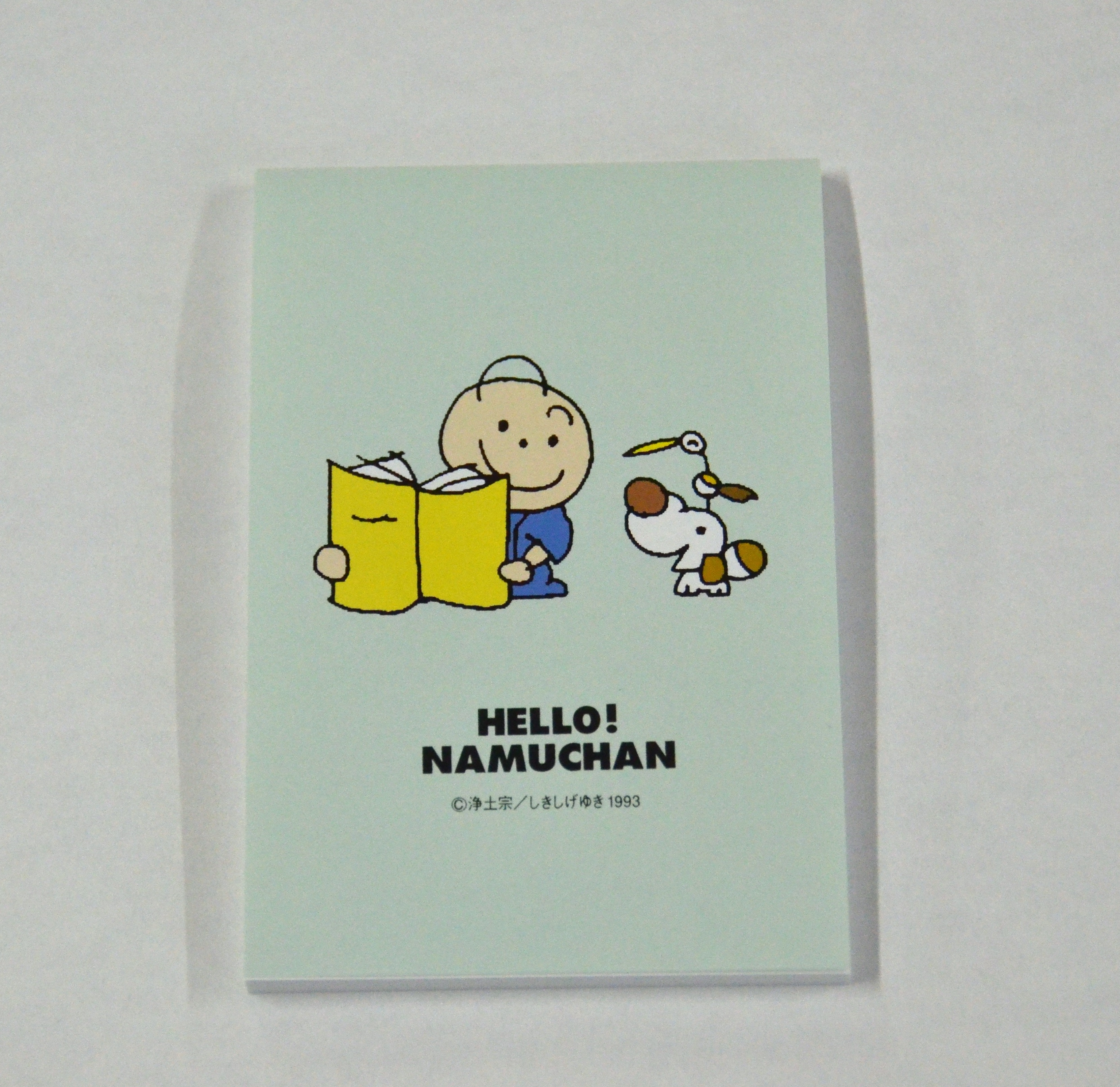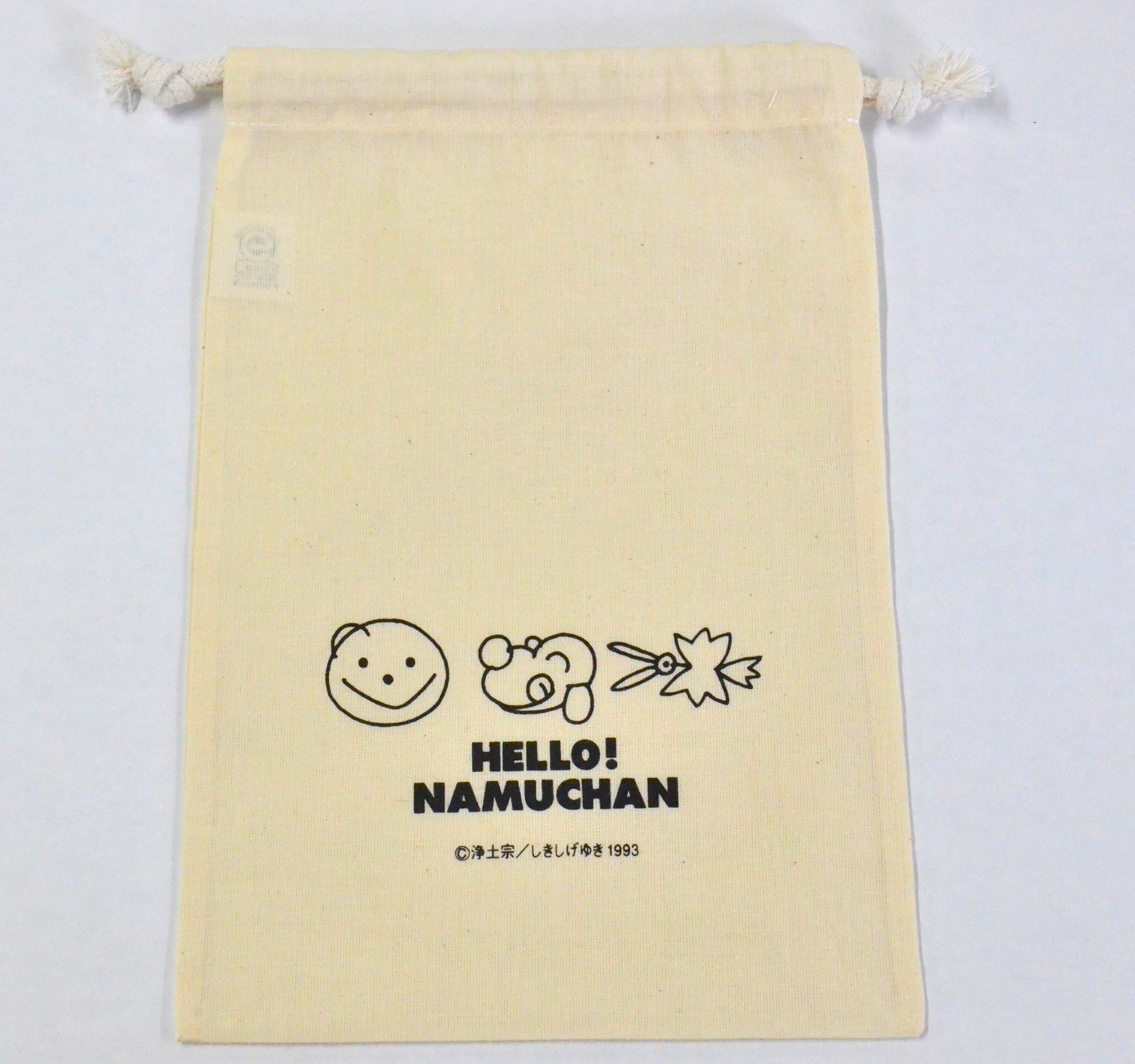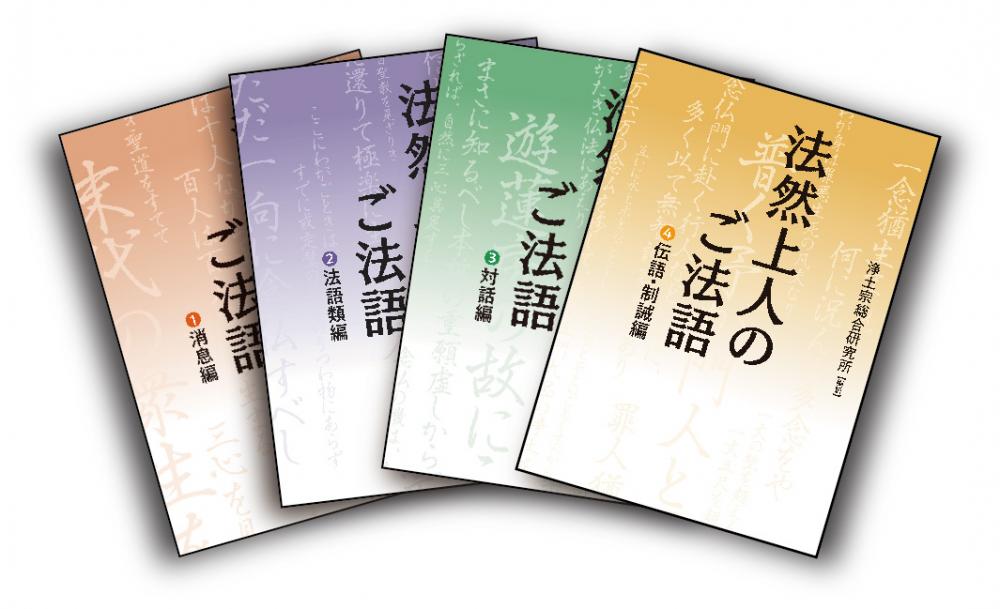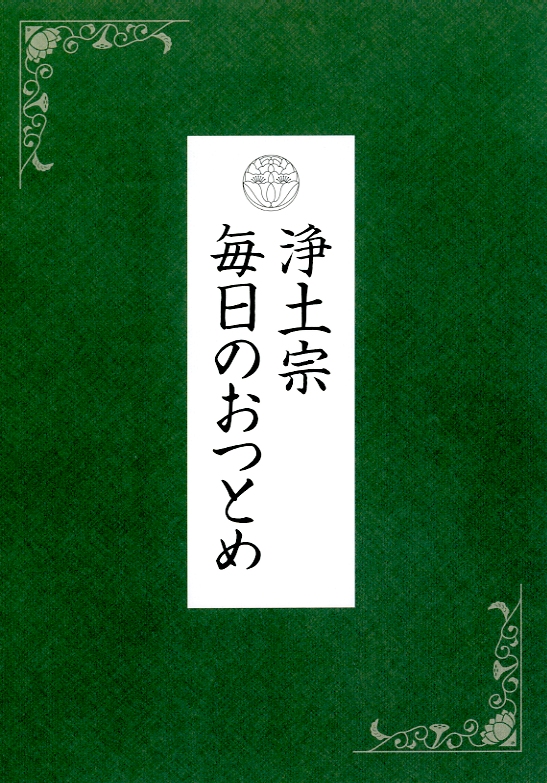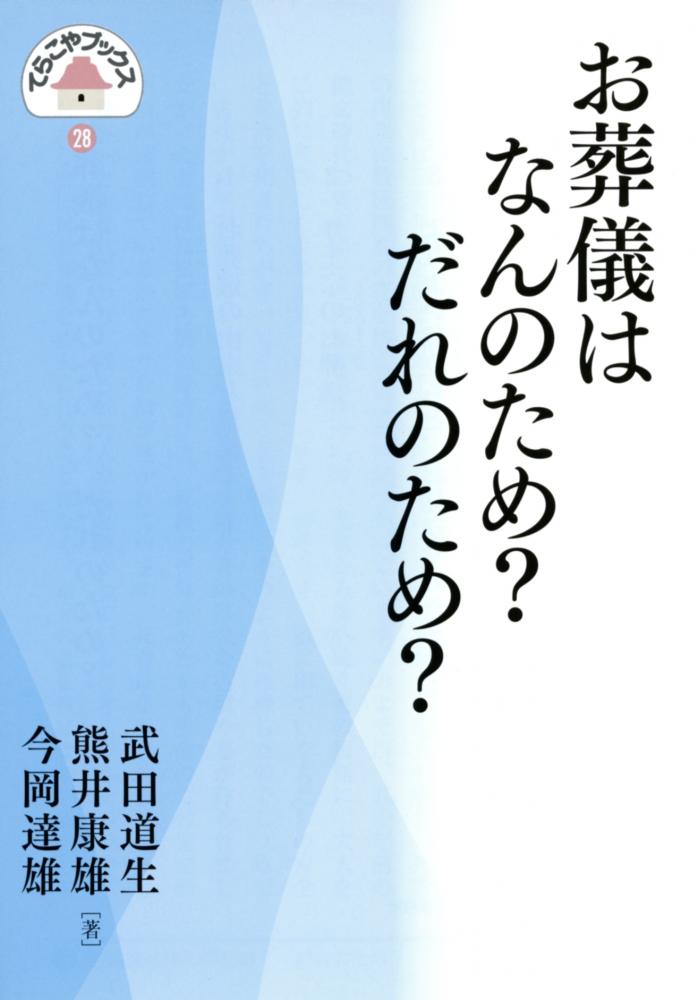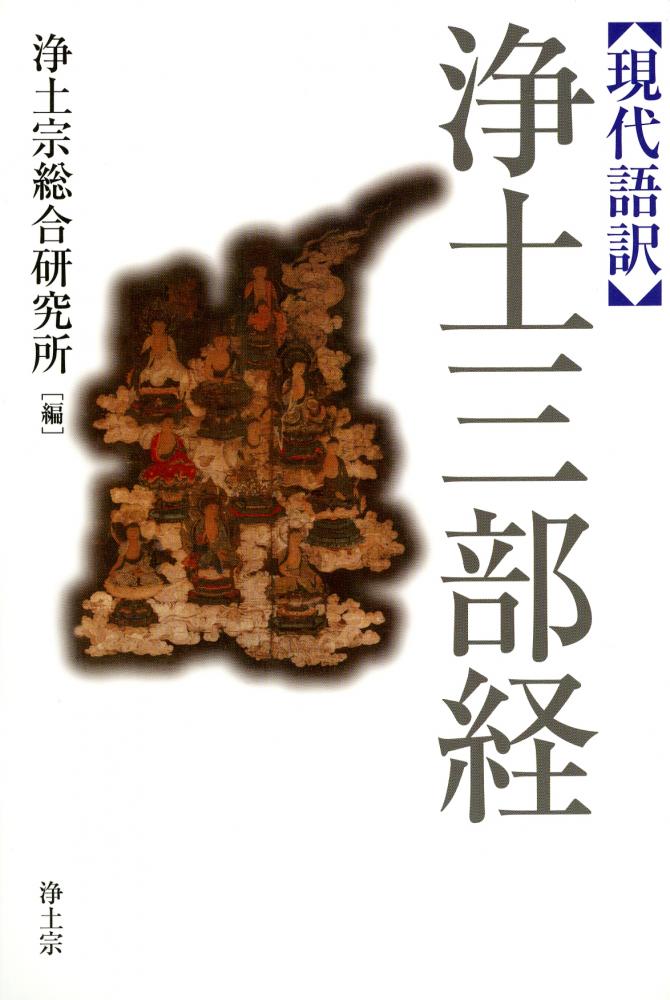THE THREE PURE LAND SUTRAS
商品説明
浄土宗総合研究所が取り組んできた『無量寿経』『観無量寿経』『阿弥陀経』の英訳版。浄土宗教学の伝統的理解との照合に取り組んだ、法然浄土教、日本浄土教の研究に必読の書。
The Three Pure Land Sutras
Translated from the Jodo Shu Sacred Text
The JODO SHU
RESEARCH INSTITUTE
Translated by
Karen J. Mack
Edited by
The JODO SHU RESEARCH INSTITUTE
The Three Pure Land Sutras English Translation Project
Director of International Relations Section: Noriyoshi Tamaru
Chief of Translation Project: Tomatsu Yoshiharu
Main Translator: Karen J. Mack
Editor: Hojo Ryushi, Ishida Kazuhiro, Sato Kensho
--------------------------------------------------------------------------------
Contents
Foreword
Foreword
Translator’s Note
Introduction
Translation
1. The Immeasurable Life Sutra
First Scroll
Second Scroll
2. The Visualization of Immeasurable Life Sutra
3. The Amida Sutra
Index
-------------------------------------------------------------------------------
FORWARD
In April of 2003, the Jodo Shu Research Institute created a translation project for an official Jodo Shu version of the Three Pure Land Sutras (Jodo Sanbu-kyo). This project was run in tandem and in consultation with the Institute’s official Jodo Shu contemporary Japanese language version of the same texts, which had begun in the previous year 2002. The intent of these projects was to commemorate the 800-year memorial of Honen’s death in 2011. Furthermore, at present, most publications in English on Japanese Pure Land Buddhism reflect the interpretation of the Jodo Shin school, whose founder Shinran was one of Honen’s disciplines. In this way, Jodo Shu has sought to increasingly develop English language publications that reflect the particular understandings of Honen and the Jodo Shu school he founded in 1175.
The base text used for this work is the Jodo Shu’s official version of the sutras known as the Jodo Shu Seiten, which is also the base of the contemporary Japanese translation. The Sanskrit texts as well as other Chinese versions were also further consulted. Finally, the contemporary Japanese translation group was consulted in further matters of interpretation.
At the beginning of the project, Prof. Karen Mack (Ph.D. Kansas University) was brought in after working at the Japanese National Museum in Tokyo to act as the main translator. Her work was advised by members of the Jodo Shu Research Institute’s International Affairs Division under the leadership of Rev. Yoshiharu Tomatsu. Tokuzen Tamaru, Professor Emeritus of Tokyo University, served as the chief of the project. Four members of the translation project (Rev. Kensho Sato, Rev. Kazuhiro Ishida, Rev. Ryushi Hojo, and Rev. Jokei Ichikawa) did extensive research into subtleties in the Sanskrit and the classical Chinese texts as well as the particular Jodo Shu interpretations. Finally, we would like to express our greatest thanks to Rev. Zenno Ishigami, who served as the Director of the Institute until 2012, and Rev. Tatsuo Imaoka, the Vice-Director, who enthusiastically supported the work and efforts of the team.
Rev. Jogen Fujimoto
Director
Jodo Shu Research Institute
Foreword
It is a great pleasure for us to be able to publish The Three Pure Land Sutras, the most basic scriptures for the Jodo Shu, in English. The translation and publication of these sutras is part of a large-scale project to commemorate the 800th anniversary of the death of the founder Honen Shonin (1133-1212). This volume will be followed and supplemented by companion volumes containing other important documents, such as the collection of Honen’s sayings on various occasions of his career, the correspondence he had with his disciples and followers from different social strata and Shan-dao’s Commentary on The Visualization of the Buddha of Immesurable Life Sutra. These supplementary materials, which are made available to the English reading public for the first time, together with the English version of his main work Honen’s Senchakushū and of his illustrated biography Honen: the Buddhist Saint will certainly help to promote understanding his message in its totality.
For every religion it is a matter of utmost importance to transmit its teaching or message to people in the world and the posterity. Generally, this aim can be achieved in a number of ways. For instance, it can be communicated by means of ritual practices and exercises, it can also be conveyed through such symbolic expressions as painting and sculpture, etc. However, there is little doubt that along with these various means, the linguistic transmission has so far played an essential part in the religious history of humanity. Especially, sacred scriptures containing religious message in the form of written words sometimes transcend the language barriers and become part of the common property of wider circles of people. Perhaps we need not be reminded of the fact that, in this respect, Buddhism proved to be extremely productive and has left us an abundant literary heritage.
In talking about the transmission of Buddhist teaching in the East-Asian world, the special circumstance should be kept in mind: as Buddhism, which started on Indian soil, was brought to China via Central Asia, its scriptures were eagerly and continuously translated into Chinese to form what we now call The Chinese Tripiṭaka. When these writings were further brought to Japan, though, no similar effort of translation was undertaken. Instead, our forefathers developed a unique method of keeping the Chinese texts and notation as they are and reading or interpreting them in a Japanese manner. Incidentally, this same procedure was applied also in the study of other Chinese classics. Thus, the Chinese texts of the sutras have long remained fundamental in all Buddhist schools in Japan.
In the course of recent years, however, owing to a rapid change in social and cultural circumstances, this unique method has gradually become obsolete, and the need has come to be keenly felt for rendering these texts in an easily accessible contemporary language. Indeed, it is for this reason that last year we completed the program of restating the Three Pure Land Sutras and some other texts in modern Japanese. Our present project of translating and publishing these scriptures in English is also meant to serve the same objective of making them more familiar to an international audience. We sincerely hope that this English version, based on the Chinese original, and interpreted according to the new edition in modern Japanese, will contribute to ensuring a better understanding of the teaching of Pure Land as espoused in these scriptures.
Director of International Relations Section
Noriyoshi TAMARU
- サイズ
- A5変形判 218頁
- 品番
- 0106010700
- 著作
- 浄土宗総合研究所 編





















